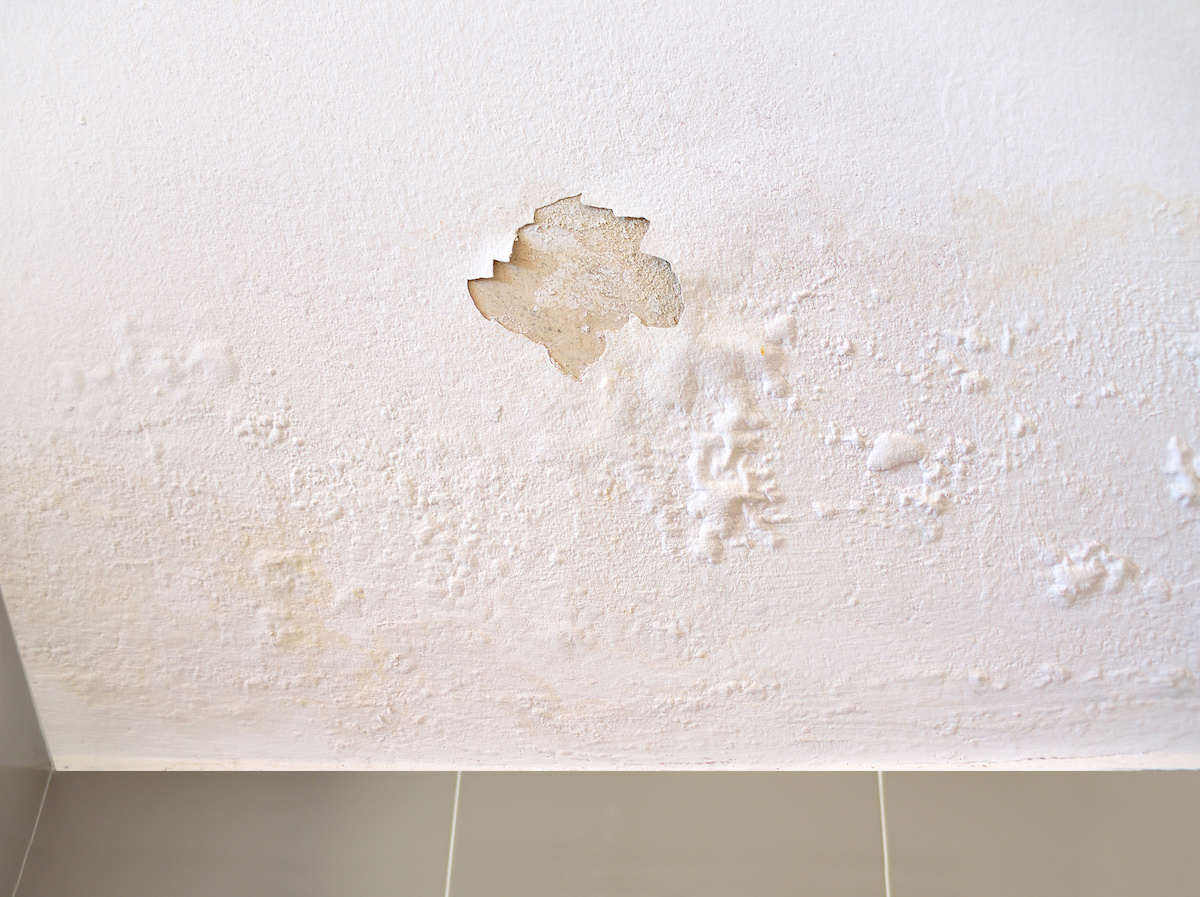Presented here in the next paragraph you can get a lot of very good advice relating to Looking for Signs of Water Damage in the Bathroom.

The restroom is exceptionally vulnerable for damp buildup and also potential water damages due to the regular use water in it. This short article supplies easy examination methods to aid spotting water damages hazards.
The regular use of water in the restroom makes it exceptionally susceptible for wet accumulation as well as possible water damage. By checking it routinely, you can decrease water associated problems.
The following collection of inspections is simple to do and also should be done when in every three months in order to maintain your bathroom in good shape as well as to stop potential water damages brought on by the bath tub, the shower, pipe joints as well as plumbing, sinks, closets, and the toilet
Do not disregard executing these inspections as well as be complete while executing them. Remember that these easy assessments can save you a lot of cash by providing early signs for water damage
Bathtub as well as Shower
The shower and also bathtub need unique focus and maintenance. Examine the tiles and change if fractured. Make sure that there is no missing cement in between the floor tiles. Inspect as well as change fractured caulking at joints where the walls meet the floor or the tub. Obstructed drains pipes and also pipes problems will stop the bath tub from drying out and may suggest severe issues under the bath tub. Consult with a professional right away to avoid architectural damages. Take notice of stainings or soft locations around the bathtub walls as they may indicate an internal leak.
Plumbing
Signs for water damage are difficult to discover considering that the majority of pipelines are mounted inside the wall surfaces.
Pay unique focus to floor covering and also wall surfaces dampness and also discolorations as they might show an unseen plumbing trouble. Examine wetness levels in adjoining spaces also.
Sinks as well as Cabinets
Sinks as well as cabinets are exposed to moisture and humidity daily and also are usually forgotten. Check on a regular basis under the sink and also on the counter top above it. Repair any drip in the trap as it might recommend drainpipe issues. Check out the sink, slow-moving draining pipelines might suggest a blocked drain. Change sink seals if they are split or loosened.
The Bathroom
The toilet is a vulnerable water joint. Examine the water lines as well as search for leaks around the commode seat, in the tube, as well as under the water storage tank. If you spot any indicators of dampness on the floor around the toilet, look for leakages in the toilet rim and container seals.
Know that hanging bathroom bowl antiperspirants boosts the possibilities for clogs.
Water Damage Signs In The Bathroom To Avoid Cleanup
Musty smell
This is one of the easiest signs to catch because musty smells are so odorous. The damp, earthy, moldy smell should be a big red flag. The smell will develop when moisture gets trapped in surfaces, and begins to facilitate mold growth. Leaking pipes under cabinets, inside walls, and behind shower fixtures will cause moisture to stay trapped and not dry, which will lead to mold growth and spread. As soon as you notice any musty smells in your bathroom, have it checked for hidden water damage and cleanup signs.
Visible mold
If the smell isn’t there to give it away, sometimes you will actually see mold growth. Finding mold in your bathroom is a serious problem, because mold is very harmful to your health. By the time mold growth is visible, it also means that water damage has already occurred and been present for some time. The only way the mold problem can be resolved is to find the source of the moisture and get it stopped. To safely and adequately remove mold, you need to have professionals handle the remediation. Do not waste any time in getting mold problems addressed, fixed, and sanitized so that you can protect you and your family from the many respiratory symptoms caused by mold exposure.
Damaged floors
Bathroom floors should be able to withstand some exposure to water while still remaining in good condition. However, when excess exposure or water leaks occur, they will begin to damage even the most water-resistant flooring. If you notice any cracking, bubbling, staining, or warping on your bathroom floors, there is probably a water leak somewhere causing the distortion. If you notice areas of the floor have become softer, or even have a spongy feeling, there is probably damage to the subfloor. Subflooring is typically made up of plywood. When plywood is exposed to water or moisture, it will absorb it. Once it has become saturated, the weight of the excess water will cause the wood to swell and soften. Check the floors in your bathroom frequently to catch any of these sings before they lead to damaged subflooring.
Changes on walls
When water leaks behind walls, it will cause changes in the drywall. Peeling plaster, blistering paint, and soggy wallpaper are all good indicators that excess water is building up behind the wall. Water leaking behind drywall will cause it to swell and be soft to the tough. If you start to notice gaps along the trim of your walls, or where tile meets the wall, it could also be a strong indicator that there is a leak behind the wall. Any changes, distortion, or damage on the walls should be evaluated as soon as you notice it to prevent further water damage and cleanup.
Hopefully you liked our section on Common Causes of Water Damage in a Bathroom. Thanks for spending some time to read through our article post. Sharing is nice. Helping people is fun. Thank-you for going through it.
Click For More Info